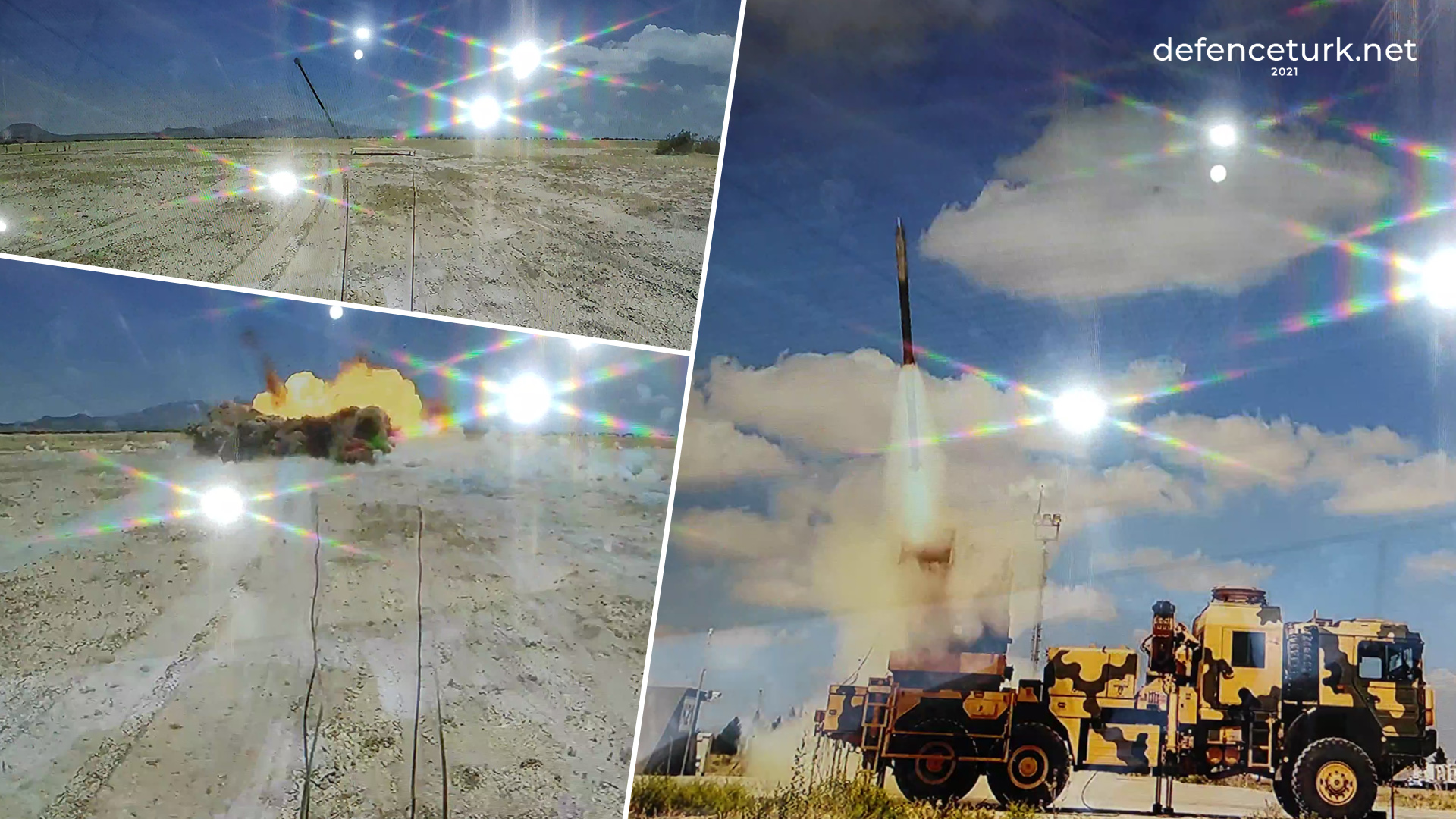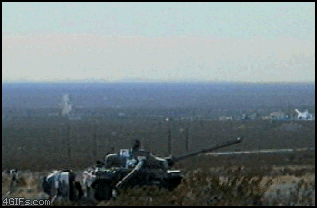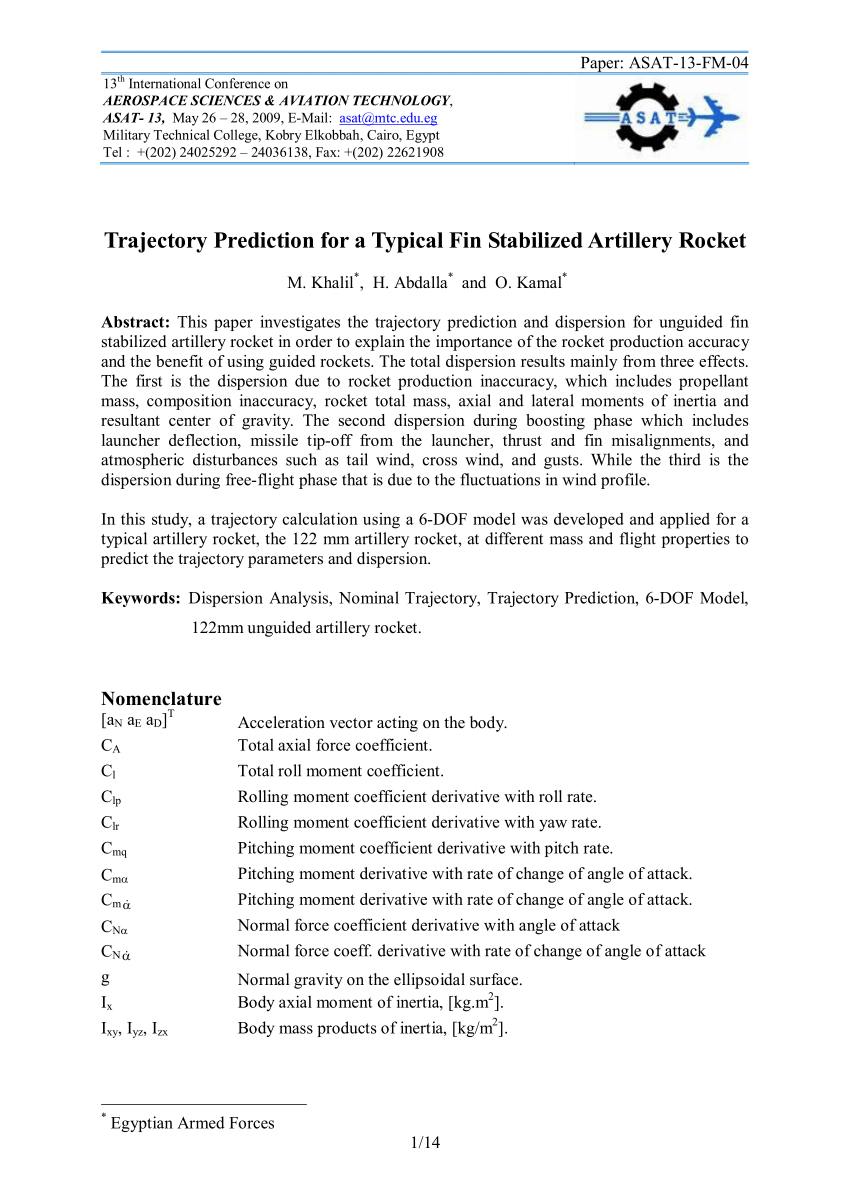Do we know the range of this rocket when launched from a UAV? The range given here is land launched range. When launched at altitude it should be much further. We should be looking at well within stand off distances.Roketsan TRLG-122
View attachment 30121 View attachment 30123
It is Turkish
Çap 122 mm Ağırlık 76 kg Menzil 13-30 km Güdüm ANS* + LAB* Kontrol Elektromekanik Tahrik Sistemli Aerodinamik Kontrol Yakıt Tipi Kompozit Katı Harp Başlığı Tipi Tahrip + Çelik Bilyeli Harp Başlığı Ağırlığı ~13,5 kg Harp Başlığı Etkili Yarıçapı ≥40 m Tapa Tipi Yaklaşma ve Çarpma Raf Ömrü 10 yıl Doğruluk ≤2 m

122 mm’lik füzelere lazer arayıcı başlık yeteneği
Roketsan’ın 122 milimetrelik füzeye lazer arayıcı başlık kazandırmak için geliştirdiği TRLG-122 sayesinde işaretlenen hedefe nokta atışı yapabilecek.www.defenceturk.net
This missile travels at over 3 Mach. It’s apogee is around 20km. So if launched at 10-12 km altitude, it won’t have to travel much to reach it’s apogee and not waste too much of it’s fuel in overcoming gravity. Plus it will have an initial speed of nearly 0.4 Mach if launched from a UAV like Akinci. It will hit it’s target at a speed of 2.5 - 3 Mach.








